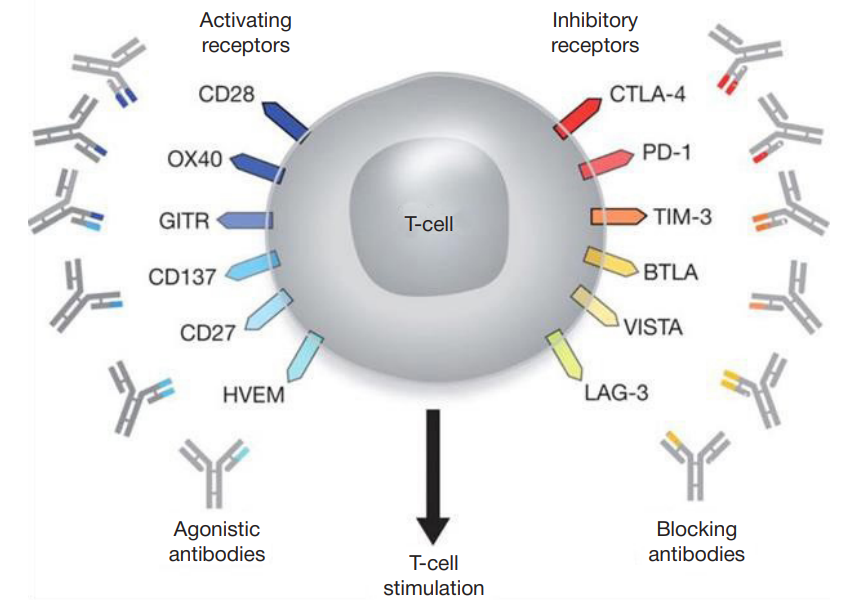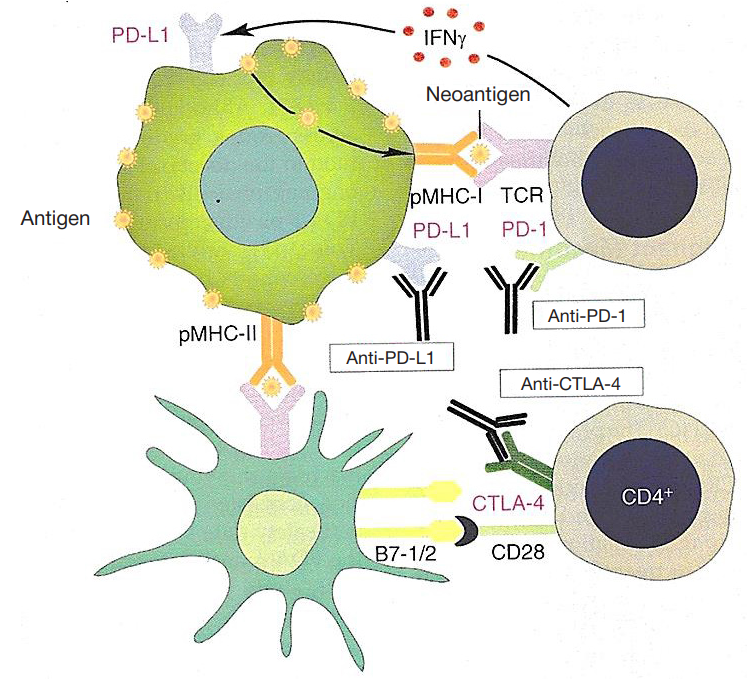
ISSN Print 2500–1094
ISSN Online 2542–1204
BIOMEDICAL JOURNAL OF PIROGOV UNIVERSITY (MOSCOW, RUSSIA)

1 Peoples’ Friendship University of Russia, Moscow, Russia
2 Institute of Immunophysiology, Moscow, Russia
Correspondence should be addressed: Tatiana A. Slavyanskaya
Miklouho-Maclay 6, Moscow, 117198; moc.liamg@ayaksnayvalst

